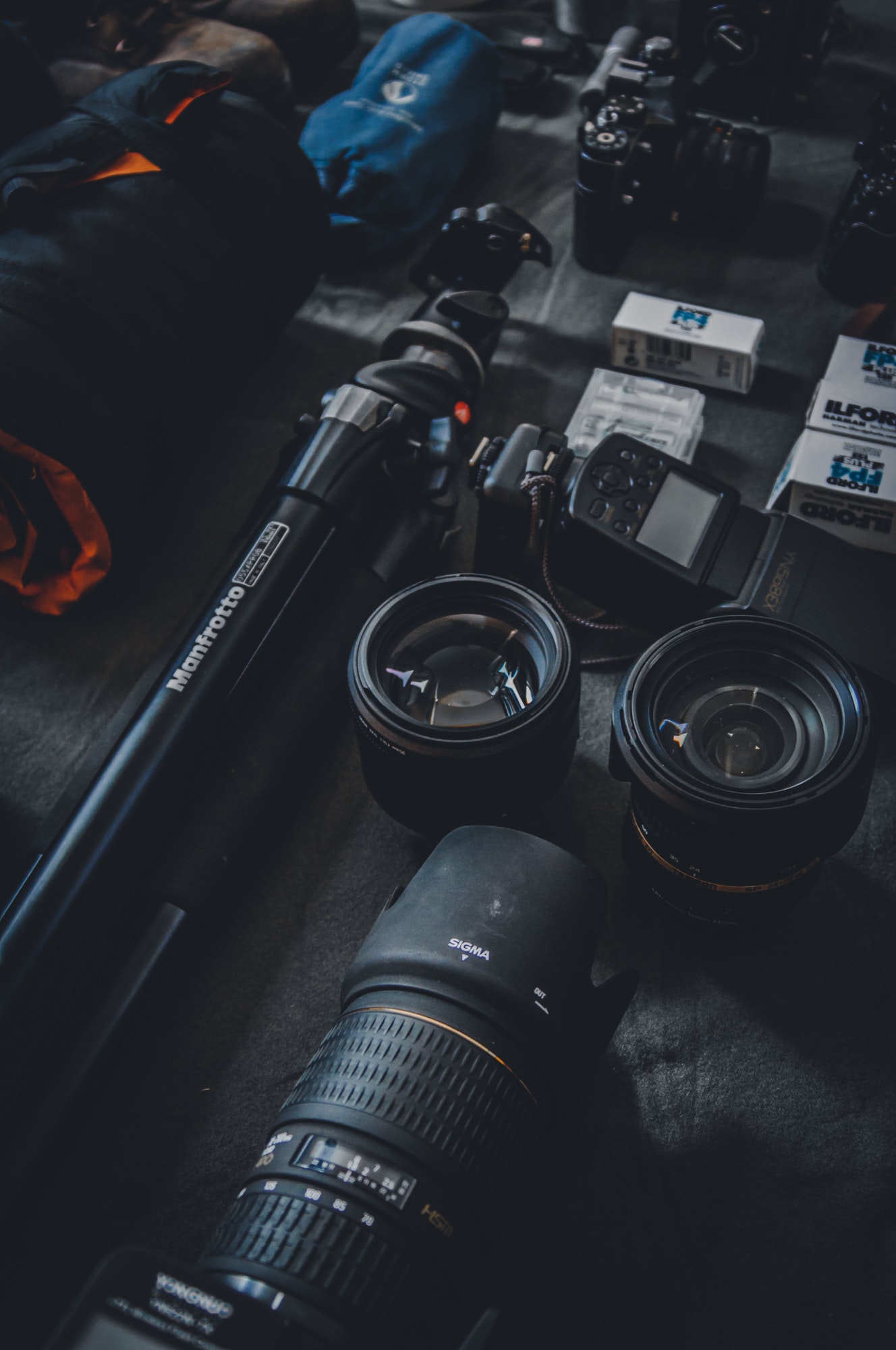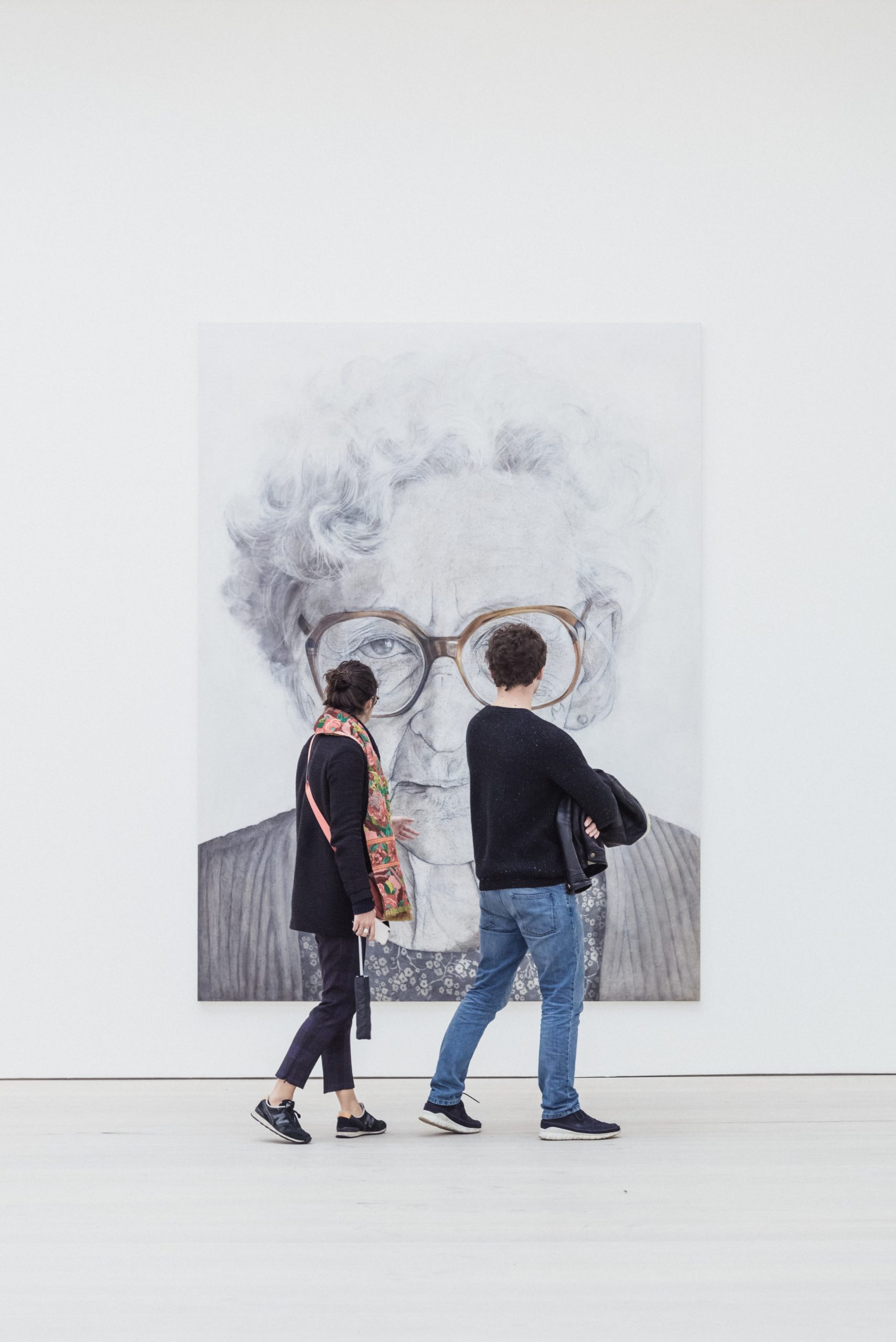Strategies
Strategy is important. Effective strategy is better.Highlighted Approaches

T4T
Storying T4T equips believers to share their faith effectively, disciple others, and train others to do the same. It is an intentional church-planting strategy founded on stories from God’s Word. It makes his Word available to all people in a way they can understand, respond to and reproduce.

StoryTogether
A StoryTogether project is a coordinated series of actions to develop accurate and appealing Bible stories that are crafted by mother tongue speakers and used by them and others to present the gospel, equip disciples of Jesus, and form healthy, reproducing churches.

StoryGrid
A StoryGrid project is a coordinated series of actions to develop accurate and appealing Bible stories that are crafted by mother tongue speakers and used by them and others to present the gospel, equip disciples of Jesus, and form healthy, reproducing churches.

STRATEGIES WE USE
Media
Video
Music
Radio
Fine Arts
Storytelling
Drama
Visual Arts
Engagement
Sign Language
Proverbs
Traditional Art Forms
Storytelling
Video

Video revolution
YouTube and other online sources of video are transforming how people entertain themselves and consume information. Consumption of video via the internet and mobile phones continues to grow. As video-capable phones and mobile data plans become more affordable around the globe, more and more people have them. Additionally, Indian software firms developed popular apps that enable non-readers to exchange video messages in lieu of text-messaging. Using free wifi systems at train stations and other public locations, users upload and download video messages on inexpensive mobile phones. They consume and create video content off-line. This innovation made the internet accessible to people who were not part of the Indian upper or middle class economically.
It sounds contradictory to describe Deaf* people as “oral communicators.” Deaf people typically are neither oral, speaking with the mouth, nor aural, communicating via the ear. They use sign language for most of their communication. But the Deaf share many common traits with groups who are oral communicators.
What the Deaf and oral communicators have in common is the fact that both are largely non-print communicators. Both groups use storytelling as a primary form of communication. Both groups routinely communicate in face-to-face conversations. They like group interaction and think decisions made with substantial group input are better than decisions made by one or a few. Members of the Deaf community and oral culture communities utilize what is sometimes called “concrete-relational thinking.” They process thought by reference to specific people, existing relationships, tangible objects, and actual events instead of processing thought via theories, conceptual models, schematic diagrams, and abstractions.
*The word “Deaf” is capitalized when referring to the Deaf as a group with its own distinct language and culture or to individuals who identify with such a group. The word “deaf” is used in lower case when referring to an individual who has major or complete loss of hearing, but who identifies with the hearing community.
Sign Language
Visual Arts

VISUAL ILLUSTRATIONS WITH PRIMARY ORAL LEARNERS
Advocates for oral learners frequently use the term “oral strategies” to refer collectively to activities like storytelling, singing, quoting poetry, and so forth. In actuality, though, mission strategies often include communication methods that are not oral, that is, vocally-produced. Printed materials, pictures, graphics, symbols drawn in the sand or on a board, and objects used in teaching: all these are visual elements used in an effort to communicate.
The visual arts are often significant elements of oral cultures. Paintings, carvings, sculptures, handcrafts, clothing, architecture, materials used in religious activities, ceremonies, and other elements reveal the culture’s beliefs, values, emotions, and sense of beauty. They teach the next generation. Thus a well-rounded missions communication strategy should consider how to include visual arts.
With these visual communication channels in mind, then, it would be more accurate to use the phrase “communication strategies that are appropriate for oral cultures” instead of “oral strategies.” But the latter phrase has the advantage of being shorter. Perhaps it helps to think of the term as a shortened form of “oral-culture strategies.”
MUSIC AND CULTURE
In many oral cultures, music is at least as prevalent as storytelling as a major means of communication. Songs may transmit a group’s history and heritage by highlighting their heroic figures. Songs may be used to teach simple truths or provide sophisticated, clever critique of contemporary events or the powers that be. Music entertains and inspires. It is often an essential element of major life events such as weddings, funerals, initiation ceremonies, religious observances, and the like.
Music is a powerful channel for expressing what people feel. Songs build community as people experience music that binds them together and lyrics that tap into their shared experiences. Songs have an ability to reassure listeners that they are not alone in their feelings; others have felt that way before and may be feeling that way now. Music may help people find a direction when they are uncertain of what to do. Music has rallied communities, tribes, even entire nations both to gallant endeavors–and to evil and destructive campaigns, too. Like every form of communication, it may be used for good or evil or sheer banality.
Music
Drama

USE OF DRAMA IN ORAL CULTURES
One of the most delightful experiences for many people in learning the Bible is to re-enact biblical stories as someone narrates the events. This has proven to be very effective among both Christian and non-Christian adults. Re-enacting biblical stories improves participants’ understanding of the stories in many ways. For instance, re-enacting the story clarifies the spatial relationship among events in the story. It also clarifies the sequence of events and reasons for what happened.
WISDOM PACKED TIGHTLY
Proverbs are compact, metaphorical, and memorable statements: “When the elephants fight, the grass gets trampled.” Proverbs entertain, provoke, and instruct. In oral cultures people may use them to carry on a debate, firing proverbs at one another until one uses a proverb to which the other has no answering proverb. Proverbs can transmit the traditional wisdom, truth, and morals of a culture–or perpetuate its worst traits. They help people make sense of human behavior.
PROVERBS
RADIO

STORIES AND DRAMA ON THE AIR
Radio is one of the most well known media for broadcasting information to a wide audience. It has proven itself time after time as an effective tool for communicating to oral cultures and has made information, stories and dramas accessible in even the remotest of locations.
Radio is a natural medium for reaching oral communicators. It is accessible to everyone within earshot, including non-readers. Radio can send a message into places where it would be difficult for a Christian messenger to go. It can make maximum use of familiar oral communication elements: music, story, singing and chanting, and poetry. The warmth and personal appeal of a human voice gives radio an important role in oral strategies.
“FROM EVERY NATION, TRIBE, PEOPLE, AND LANGUAGE”
TRADITIONAL ART FORMS
What are you waiting for?





